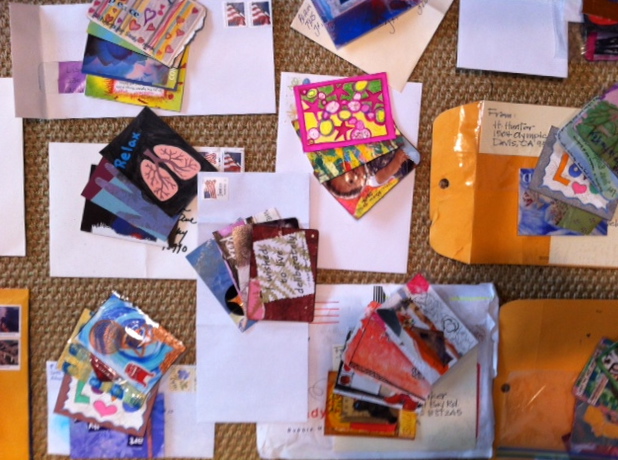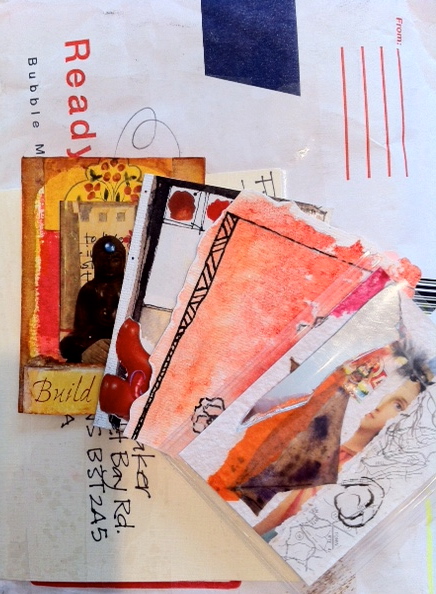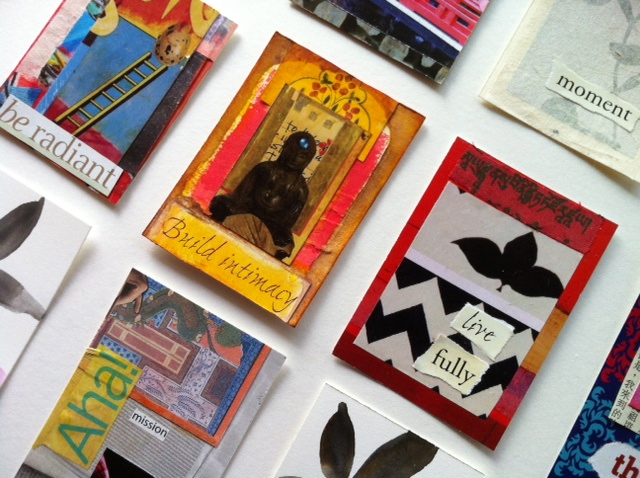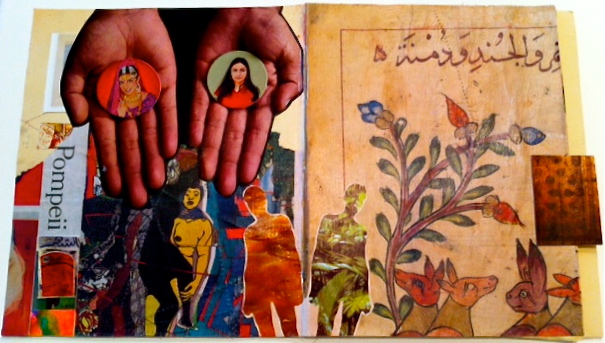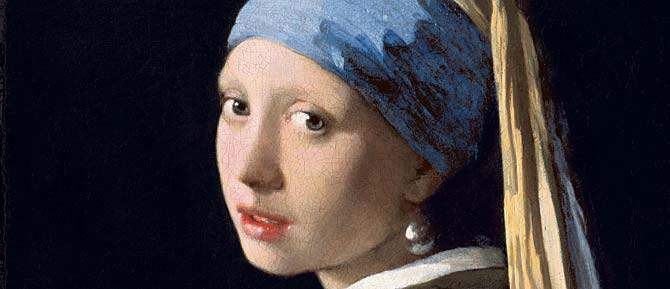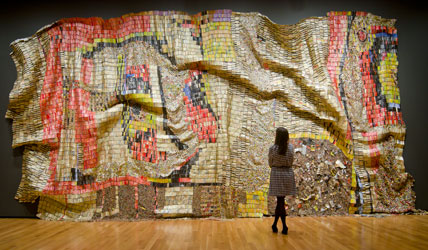 Our pediatric department is beginning a pediatric palliative care team and as we lay the groundwork, we're introducing the idea of integrative therapies to our pediatricians.
Our pediatric department is beginning a pediatric palliative care team and as we lay the groundwork, we're introducing the idea of integrative therapies to our pediatricians.
It's not a new idea. My colleague Kathy Lorenzato, a music therapist, has been teaching and practicing Reiki, a hands-on healing technique, for over 10 years, and I have joined her for the last 4 years. As far as integrative therapies go inside the hospital, at the moment, we're it.
With this in mind, the two of us were invited to speak to our pediatric physicians on staff about art therapy, music therapy and Reiki. I made a PowerPoint to explain the use of art in palliative care and put together a resource list on other integrative therapies.
It sounds simple on the surface, but as my husband noted, trying to explain the value of therapies whose effects cannot be quantified, to a group of science oriented folks, made me more than a bit nervous.
That's where my own art therapy came into play. Over the last couple of weeks, I participated in a Paper Swap organized by Gretchen Miller of 6 Degrees 2. I mailed my offering to an artist living in Missouri and looked forward to receiving an envelope of my own in return.
Days passed while I worked on the PowerPoint and my anxiety rose accordingly. Raised in a family with a healthy number of doctors, I've had some run ins with scientific minds and I've always felt myself lacking. Although art therapy requires a certain amount of intellectual engagement, I depend more heavily on my intuition, letting passion do the heavy lifting.
One day last week at the peak of my fear, a large padded envelope arrived, postmarked Australia. I opened it carefully and sifted through the contents; feathery tissue, textured rice papers, leaves of patterned scrapbooking pages and a packet of gaily colored buttons.

I considered the colors and shapes sitting on my lap and something shifted internally. As I touched the papers, taking in the colors, patterns and textures, my fear eased. I realized that "right here, right now" on my couch I was experiencing the tangible results of art therapy.
I went into the presentation 2 days later with an insight. Rather than seeing the doctors as a group of individuals whose opinions I wanted to change, I saw an opportunity to heal the split between my own thinking and feeling, between the intellectual and the artistic.
I stood on the podium, praying the memory stick and my own memory would work. As I looked at the slide of a patient's artwork projected behind me, I remembered the joy I felt working with him--but I also remembered the research, the effort that others had gone to, in order to document the effectiveness of art therapy. Research that is necessary for art therapy to be accepted into the treatment team's fold.
The presentation went well. The physicians were attentive, and even better, I felt the old split inside me being carefully drawn back together. When our talk ended, we gave a Reiki demonstration. Up there on the dais, Kathy, one of the pediatric residents, our Child Psychiatrist and I offered Reiki treatments to four doctors who came forward. I felt the tide beginning to turn.



